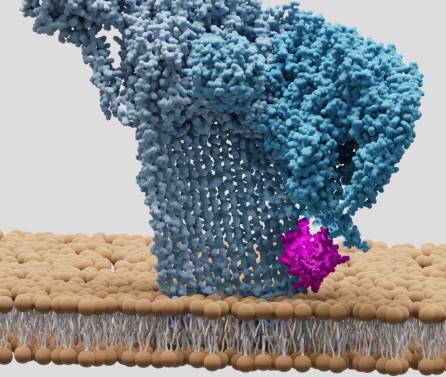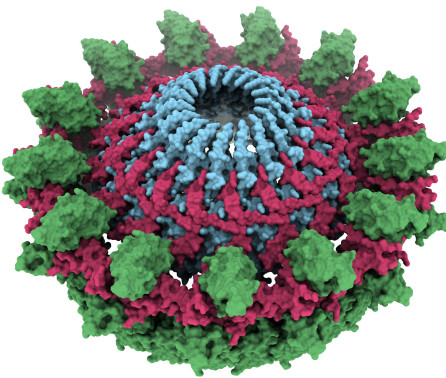BibTex format
@article{Mikkelsen:2009:10.1371/journal.pone.0006018,
author = {Mikkelsen, H and Ball, G and Giraud, C and Filloux, A},
doi = {10.1371/journal.pone.0006018},
journal = {PLoS ONE},
title = {Expression of pseudomonas aeruginosa CupD fimbrial genes Is antagonistically controlled by RcsB and the EAL-containing PvrR response regulators},
url = {http://dx.doi.org/10.1371/journal.pone.0006018},
volume = {4},
year = {2009}
}
RIS format (EndNote, RefMan)
TY - JOUR
AB - Pseudomonas aeruginosa is a gram-negative pathogenic bacterium with a high adaptive potential that allows proliferation in a broad range of hosts or niches. It is also the causative agent of both acute and chronic biofilm-related infections in humans. Three cup gene clusters (cupA-C), involved in the assembly of cell surface fimbriae, have been shown to be involved in biofilm formation by the P. aeruginosa strains PAO1 or PAK. In PA14 isolates, a fourth cluster, named cupD, was identified within a pathogenicity island, PAPI-I, and may contribute to the higher virulence of this strain. Expression of the cupA genes is controlled by the HNS-like protein MvaT, whereas the cupB and cupC genes are under the control of the RocS1A1R two-component system. In this study, we show that cupD gene expression is positively controlled by the response regulator RcsB. As a consequence, CupD fimbriae are assembled on the cell surface, which results in a number of phenotypes such as a small colony morphotype, increased biofilm formation and decreased motility. These behaviors are compatible with the sessile bacterial lifestyle. The balance between planktonic and sessile lifestyles is known to be linked to the intracellular levels of c-di-GMP with high levels favoring biofilm formation. We showed that the EAL domain-containing PvrR response regulator counteracts the activity of RcsB on cupD gene expression. The action of PvrR is likely to involve c-di-GMP degradation through phosphodiesterase activity, confirming the key role of this second messenger in the balance between bacterial lifestyles. The regulatory network between RcsB and PvrR remains to be elucidated, but it stands as a potential model system to study how the equilibrium between the two lifestyles could be influenced by therapeutic agents that favor the planktonic lifestyle. This would render the pathogen accessible for the immune system or conventional antibiotic treatment.
AU - Mikkelsen,H
AU - Ball,G
AU - Giraud,C
AU - Filloux,A
DO - 10.1371/journal.pone.0006018
PY - 2009///
SN - 1932-6203
TI - Expression of pseudomonas aeruginosa CupD fimbrial genes Is antagonistically controlled by RcsB and the EAL-containing PvrR response regulators
T2 - PLoS ONE
UR - http://dx.doi.org/10.1371/journal.pone.0006018
UR - http://gateway.webofknowledge.com/gateway/Gateway.cgi?GWVersion=2&SrcApp=PARTNER_APP&SrcAuth=LinksAMR&KeyUT=WOS:000267347900014&DestLinkType=FullRecord&DestApp=ALL_WOS&UsrCustomerID=1ba7043ffcc86c417c072aa74d649202
UR - http://hdl.handle.net/10044/1/65705
VL - 4
ER -

